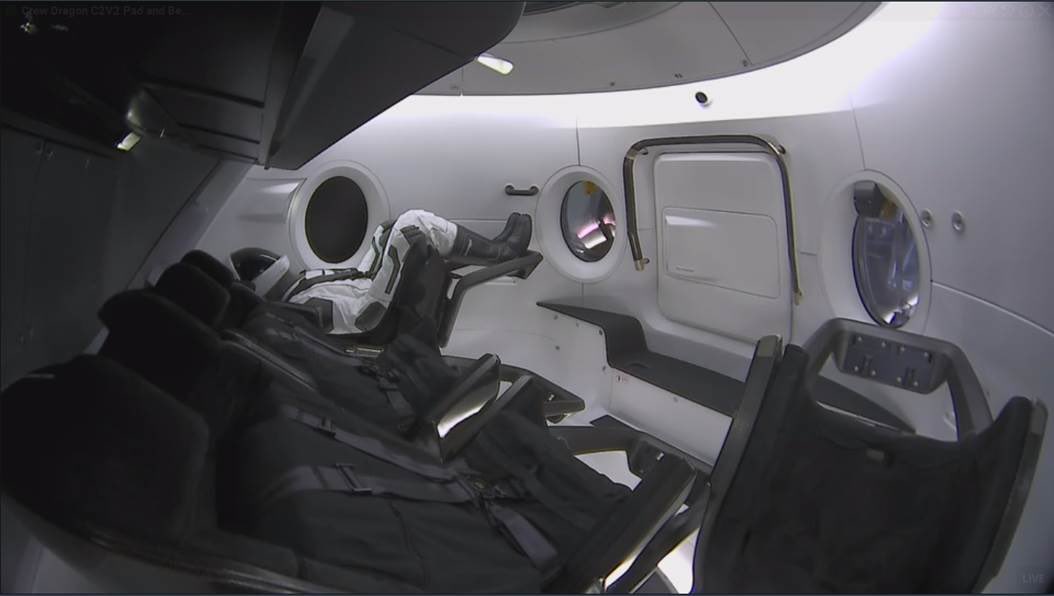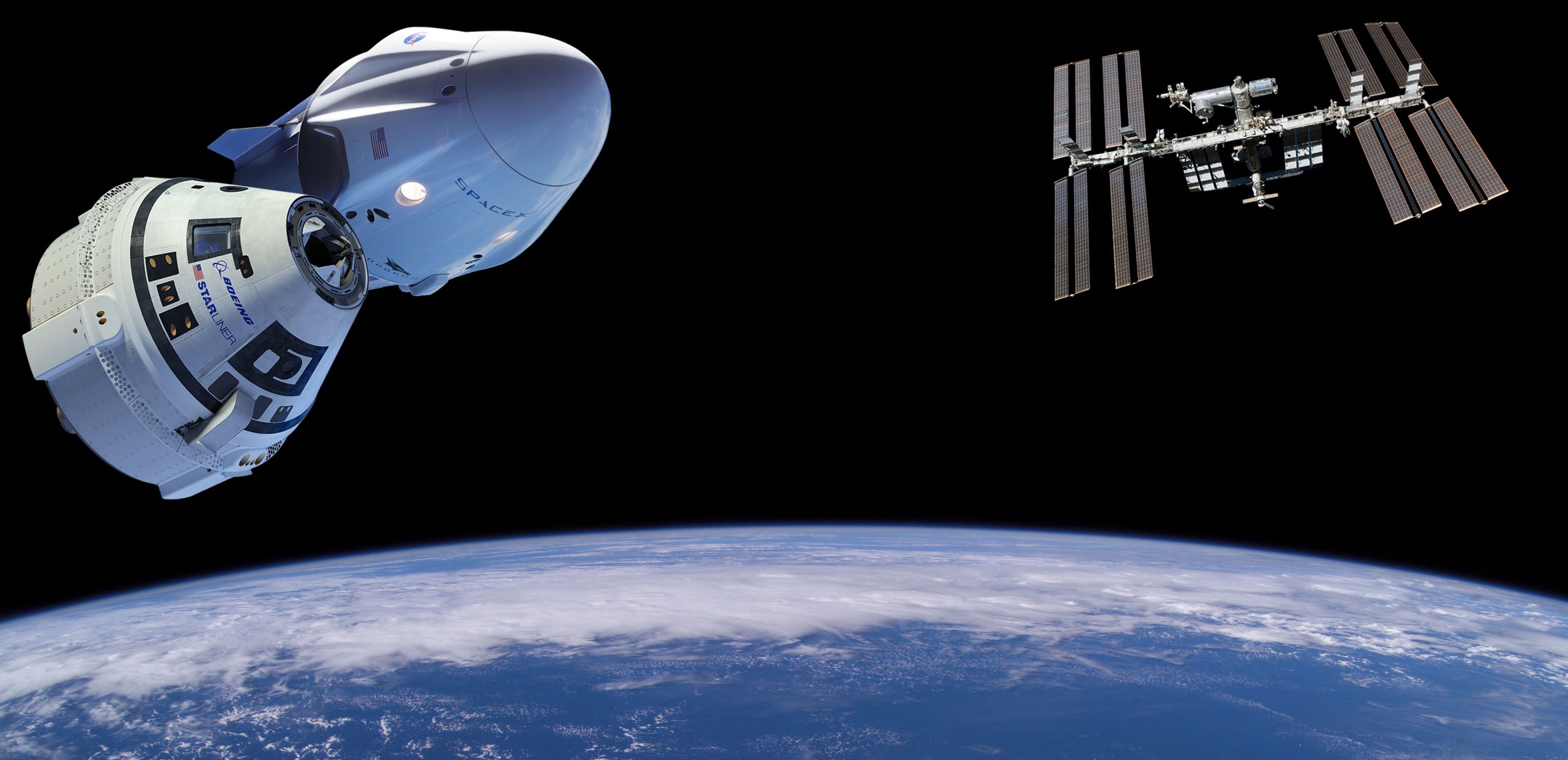After years of development and delays, SpaceX’s Crew Dragon is ready to launch into orbit. It’s the first commercially built and operated c...
After years of development and delays, SpaceX’s Crew Dragon is ready to launch into orbit. It’s the first commercially built and operated crewed spacecraft ever to do so, and represents in many ways the public-private partnership that could define the future of spaceflight.
Launch is set for just before midnight Pacific time — 2:49 Eastern time in Cape Canaveral, from where the Falcon 9 carrying the Crew Dragon capsule will take off. It’s using Launchpad 39A at Kennedy Space Center, which previously hosted Apollo missions and more recently SpaceX’s momentous Falcon Heavy launch. Feel free to relive that moment with us, while you’re here:
The capsule has been the work of many years and billions of dollars: an adaptation of the company’s Dragon capsule, but with much of its cargo space converted to a spacious crew compartment. It can seat seven if necessary, but given the actual needs of the International Space Station, it is more likely to carry two or three people and a load of supplies.
Of course it had to meet extremely stringent safety requirements, with an emergency escape system, redundant thrusters and parachutes, newly designed spacesuits, more intuitive and modern control methods and so on.
It’s a huge technological jump over the Russian Soyuz capsule that has been the only method to get humans to space for the last eight years, since the Shuttle program was grounded for good. But one thing Dragon doesn’t have is the Soyuz’s exemplary flight record. The latter may look like an aircraft cockpit shrunk down to induce claustrophobia, but it has proven itself over and over for decades. The shock produced by a recent aborted launch and the quickness with which the Soyuz resumed service are testament to the confidence it has engendered in its users.
But for a number of reasons the U.S. can’t stay beholden to Russia for access to space, and at any rate the commercial spaceflight companies were going to send people up there anyway. So NASA dedicated a major portion of its budget to funding a new crew capsule, pitting SpaceX and Boeing against one another.
SpaceX has had the best of Boeing for the most part, progressing through numerous tests and milestones, not exactly quickly, but with fewer delays than its competitor. Test flights originally scheduled for 2016 are only just now beginning to take place. Boeing’s Starliner doesn’t have a launch date yet, but it’s expected to be this summer.
Tonight’s test (“Demo-1”) is the first time the Crew Dragon will fly to space; suborbital flights and landing tests have already taken place, but this is a dry run of the real thing. Well, not completely dry: the capsule is carrying 400 pounds of supplies to the station and will return with some science experiments on board.
After launch, it should take about 11 minutes for the capsule to detach from the first and second stages of the Falcon 9 rocket. It docks about 27 hours later, early Sunday morning, and the crew will be able to get at the goodies just in time for brunch, if for some reason they’re operating on East Coast time.
SpaceX will be live streaming the launch as usual starting shortly before takeoff; you can watch it right here:
from TechCrunch https://ift.tt/2TqFrAG
via IFTTT











COMMENTS